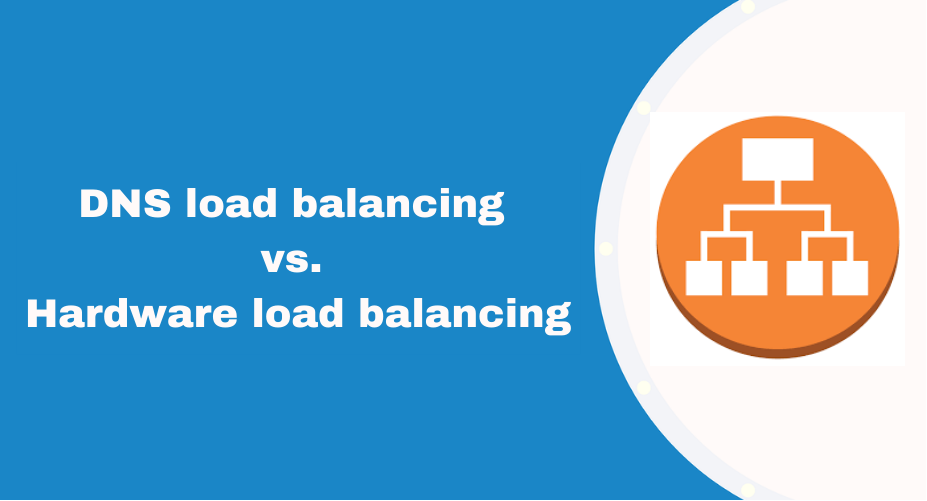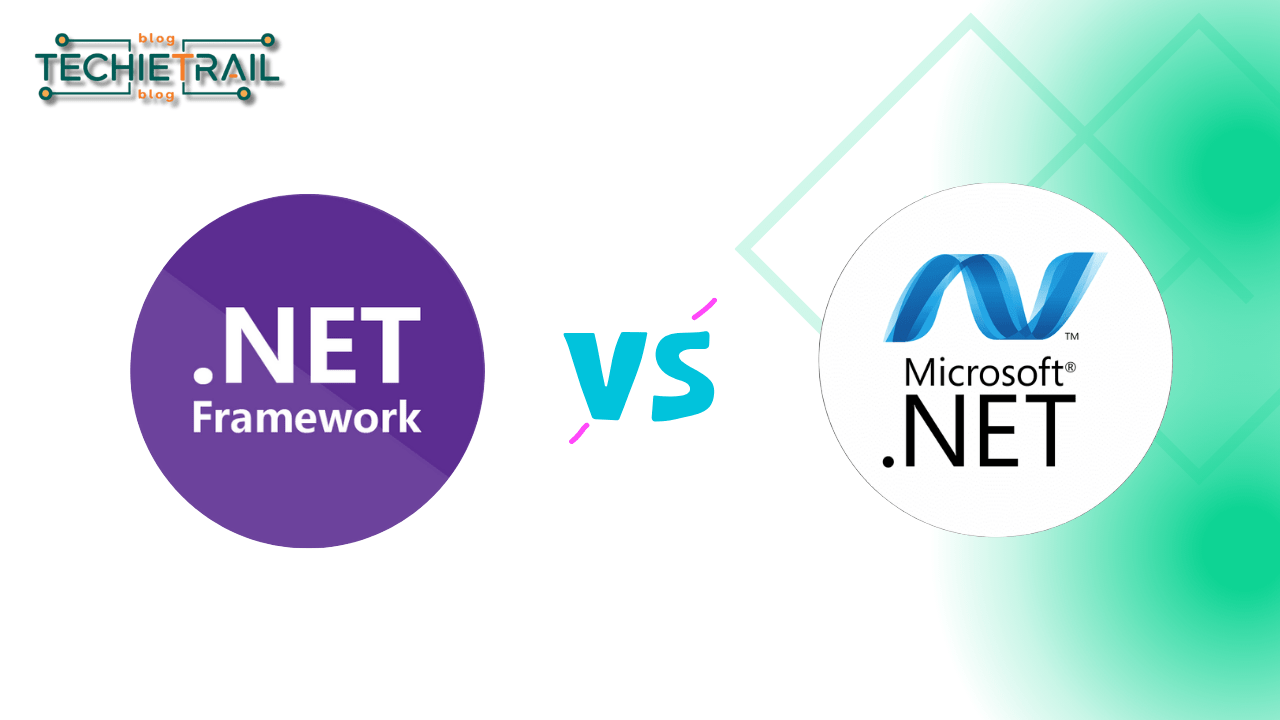Table of Contents
Introduction
Load balancing represents a cornerstone for stability, dependability, and performance within modern network infrastructures. It is the process of spreading client demands across multiple servers to avoid overloads on resources, hence utilizing resources to their optimal levels. In turn, this is very crucial for any size of business, being able to maintain an effective and robust system to prevent downtime and ensure smooth user experience. There are basically two renowned techniques which are often considered and compared for their effectiveness: Advantages of DNS Load Balancing and Hardware Load Balancing. Herein, a comparison of these methods shall be made by discussing their advantages and disadvantages, and the best use each method would serve.
Introduction to Load Balancing
Load balancing is an indispensable part of today’s digital ecosystem because it gives organizations the power to handle traffic, distribute the workload of a data load, and maintain the availability of services. Essentially, load balancing redirects client requests to several servers to avoid overburdening one server. It ensures high-level availability, scalability, and fault tolerance in environments ranging from low-level applications to enterprise services. Applications scale to meet demands, enhance their performance, and balance the load to ensure the reliability of the system.
- Scalability: Being able to scale a business means adding more servers and resources with minimal disruption in service, facilitated by load balancing through the dynamic distribution of requests.
- Performance Improvement: Load balancing prevents a single server from becoming overloaded with excessive traffic; hence, it offers optimized response times and performance.
- Reliability and Fault Tolerance: A good load balancing strategy offers redundancy in case one of the servers goes down; it will route traffic to healthy servers.
DNS Load Balancing
Definition and mechanism: DNS load balancing happens at the Domain Name System level. It makes use of DNS records like A, AAAA, and CNAME records for distributing the loads across different IP addresses. When a user requests a particular domain, then the DNS resolver responds with different IP addresses, hence distributing traffic across a few servers.
Types of DNS Load Balancing
- Round Robin DNS: This method merely goes down a list of available IP addresses in an orderly, predetermined manner.
- Geo-DNS: Redirects users to the server that is most geographically close, minimizing latency.
- Weighted DNS: Weight can be assigned to each server to divide traffic between them according to ability.
Advantages of DNS Load Balancing
- Simplicity and Ease of Implementation: Most DNS-based solutions are relatively lightweight to set up and don’t require special hardware.
- Cost-effectiveness: DNS load balancing is also cheaper because it works at the software level.
- Geographic Distribution: Good for worldwide applications since this can route traffic by user location to reduce latency and enhance user experience.
Limitations of DNS Load Balancing
- No Intelligence: There is no intelligence in DNS load balancing to route traffic based on server loads, health, or user behavior.
- Time to Live Limitation: DNS records are going to have certain time to live values that determine the time an IP is cached; this might delay the propagation of changes in server availability.
- Single Point of Failure: The failure of a DNS server may bring down the whole system into a non-operating state.
DNS Load Balancing Use Cases
- Small to Medium Enterprises: DNS load balancing is ideal for smaller businesses, which have smaller traffic demands and fit budgets. • Websites with Distributed User Bases: In instances where your application users are geographically distributed, a DNS-based solution will be appropriate for routing traffic to the nearest server for better performance.
Hardware Load Balancing
Definition and Mechanism
Hardware load balancers are physical devices sitting between your servers and incoming traffic. They manage traffic either at Layer 4, which is the network layer of the OSI model, or at Layer 7, the application layer. F5 and Citrix are well-recognized brands for high-performance hardware load balancing solutions.
How Hardware Load Balancers Operate
- Layer 4 vs. Layer 7 Load Balancing: Layer 4 load balancers make traffic routing decisions based on IP addresses and port numbers, but Layer 7 balancers inspect actual application data in order to make intelligent routing decisions.
- Traffic Management Algorithms: The most common algorithms deployed by hardware load balancers to optimize traffic distribution based on the server capacity and health include Least Connections and IP Hash.
Hardware Load Balancing: Advantages
- Advanced Traffic Management: These devices possess a great deal of advanced algorithms and allow for greater control over the distribution of traffic.
- Enhanced Security Features: Many hardware load balancers also include DDoS protection and SSL offloading features that greatly augment your security and performance.
- High Performance: Because this is dedicated hardware, latency will be lower and throughput higher, especially for high-traffic applications.
Drawbacks of Hardware Load Balancing
- Higher Initial Capital Expenditure: Hardware load balancers are very expensive to purchase. The cost might be prohibitively high for small business enterprises.
- Ongoing Maintenance and Operational Costs: Hardware maintenance involves updating, monitoring, and troubleshooting.
- Complexity in Configuration: Hardware load balancers can be more difficult to set up and manage compared to DNS-based solutions.
Use Cases for Hardware Load Balancing
- Large Enterprises: Highly featured hardware load balancers are well suited for high-traffic demands, such as e-commerce platforms.
- E-commerce Platforms: Hardware load balancers are important, with very high volumes of traffic and high demands for security to ensure uptimes and protect user data.
Comparative Analysis
Performance Comparison
Hardware load balancers typically offer better performance compared to DNS load balancing because of the deeper levels of traffic management. They can actually inspect the traffic and make more informed routing decisions, which results in increased efficiency and speed.
Scaling Considerations
DNS load balancing works best for horizontal scaling, while hardware load balancing has options for vertical scaling, which in turn allow much easier handling of high-traffic environments.
Cost-Benefit Analysis
DNS load balancing has lower TCO and can be used by the smallest of organizations. However, hardware load balancers may offer large enterprises higher long-term ROI.
Reliability and Fault Tolerance
Both techniques support redundancy, but hardware load balancers usually have more advanced failover capabilities to make them a reliable option for mission-critical environments.
Conclusion
Summary of Key Points
Advantages of DNS Load Balancing It’s simpler to implement and cheaper. The drawback is that it doesn’t support smart distribution of the traffic. Hardware load balancing supports high-performance, high-security, advanced features but is more expensive and highly complex.
Final Recommendations
Advantages of DNS load balancing is one of the inexpensive, efficient solutions for small to medium-sized businesses. However, large organizations with high volumes of traffic should look at hardware load balancers since they offer even better efficiency in handling complex traffic with enhanced security.




